There's nothing like the satisfaction of a well-planned out garden. Adding perennials to the back of your garden border is a great, low-maintenance, lovely solution.
If you were curious about what perennials to choose, we researched to find out more. We'll cover some fantastic plants below!
Perennials are a gardener's favorite because they come back every year. Once these lovely plants get established roots, they require less effort to water, feed, and care to thrive.
Check out the following perennials below:
- Cardinal Flower (Lobelia)
- Clematis
- Coneflower (Echinacea purpurea)
- Delphinium
- Goat's Beard (Aruncus dioicus)
- Hellebore
- Hollyhock
- Oriental Lily
- Peonies
- Phlox
- Yarrow (Achilles millefolium)
Whether you need perennial plants for a narrow space or have a grand garden to cover, we have a nice range of plants to review. You'll want to keep reading as we cover each plant and answer additional related questions you may have.

What Are Some Perennials You Can Use For Your Garden?
Do you love the idea of embracing more native plants in your garden? Or, do you want an established low-maintenance plot filled with beautiful plants? If so, perennials make a great option.
Perennials help combat soil erosion, as most plants have hardy root systems, allowing the plants to return every year.
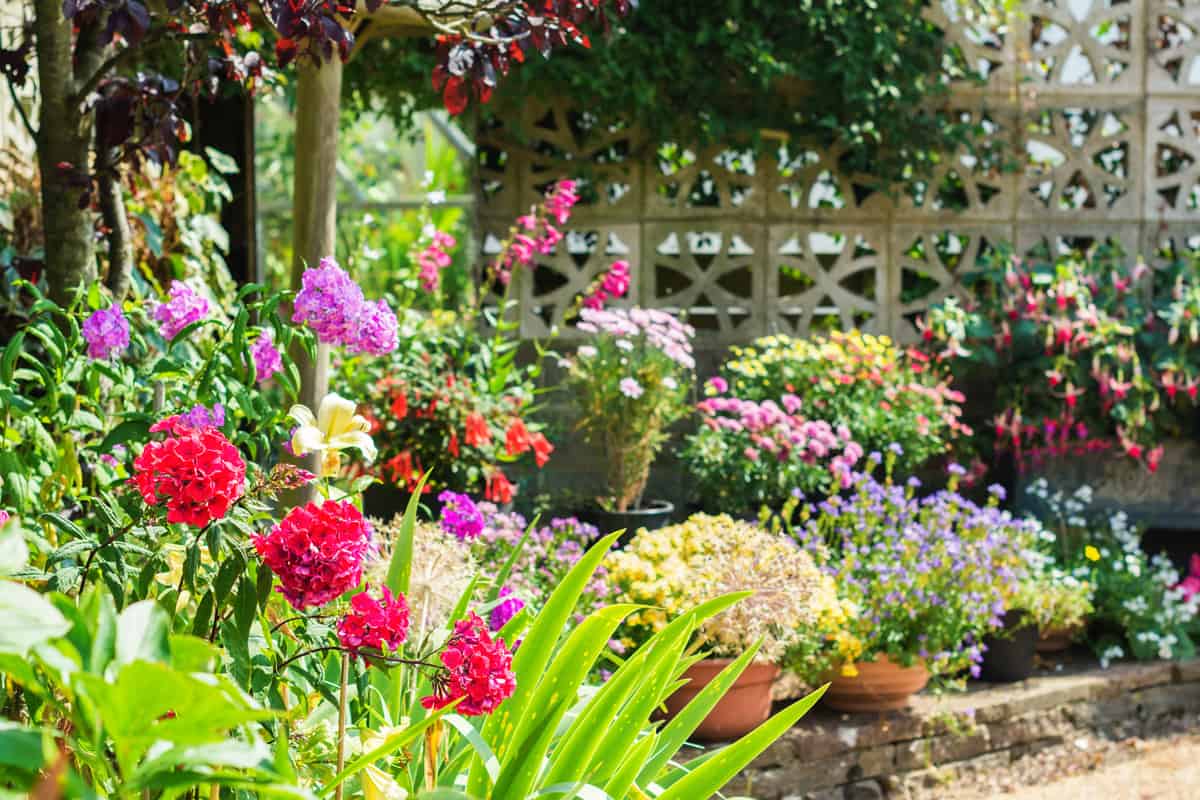
Also, many flowering perennials attract pollinators like bees and butterflies and support native wildlife. Let's explore a range of perennials of varying heights to add to your garden's border.
1. Cardinal Flower (Lobelia)

For the gardener who loves a visit from bees, butterflies, or hummingbirds, planting Cardinal flowers is a good choice for the border.
It is a native American plant and wildflower found in the Midwest that is hardy and thrives in moist soil and wetlands.
The unmistakable red blooms present in late summer and carry on through the fall. Note this plant reaches a height of 2 to 4 feet at maturity.
2. Clematis
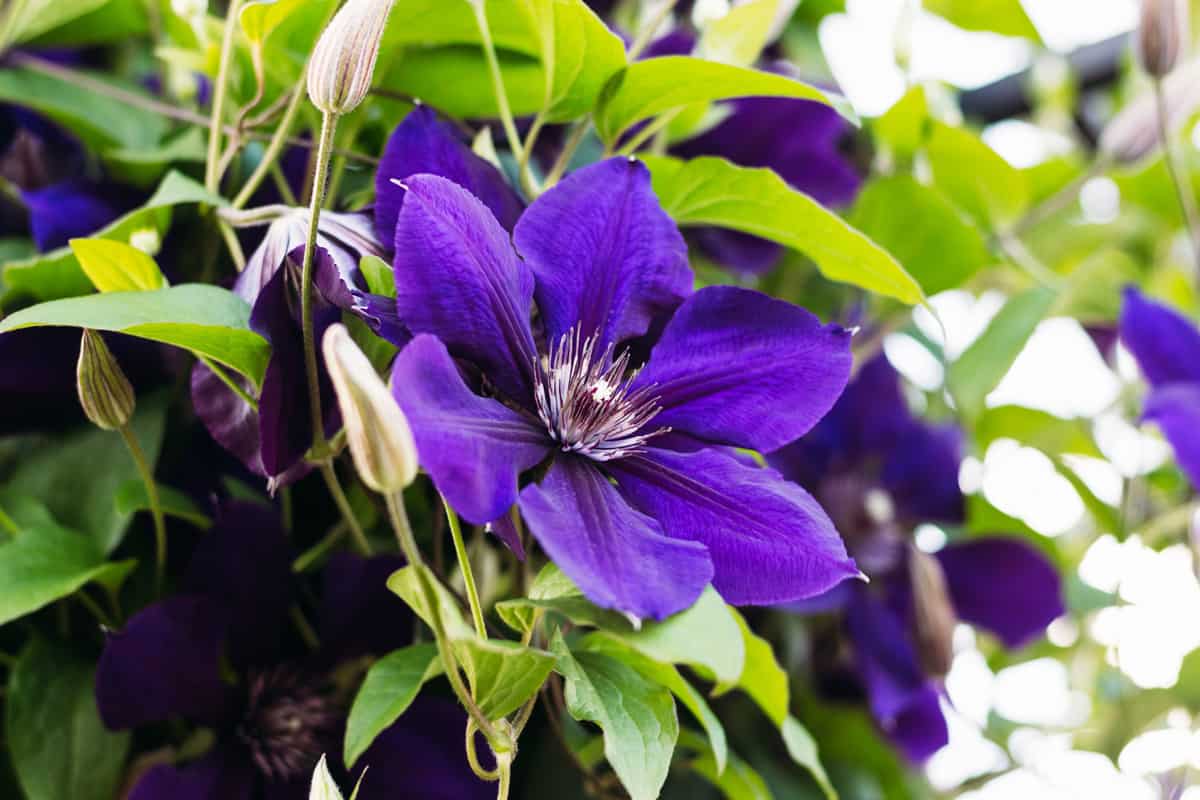
Choosing a climbing plant like Clematis works well for borders if you set your garden against a wall or fence. The plant blooms from spring through autumn and thrives alongside shrubs, annuals, perennials, and trees.
Ensure that the soil is nice and moist but well-draining and that this perennial gets full sun or partial shade. Keep in mind this plant reaches a height of 6 to 12 feet, depending on the variety.
Some species may reach a towering 20 feet or more!
3. Coneflower (Echinacea purpurea)

As a native of eastern and central North America, the Eastern coneflower is versatile enough to thrive in prairies or woodlands.
A popular addition to gardens, this simple beauty blooms in the middle and late summer and may even show more pink or purple flowers in the fall.
It reaches 2 to 5 feet at maturity and does well in well-draining soil. Give it full sun or partial shade.
View these flower seeds on Amazon.
4. Delphinium
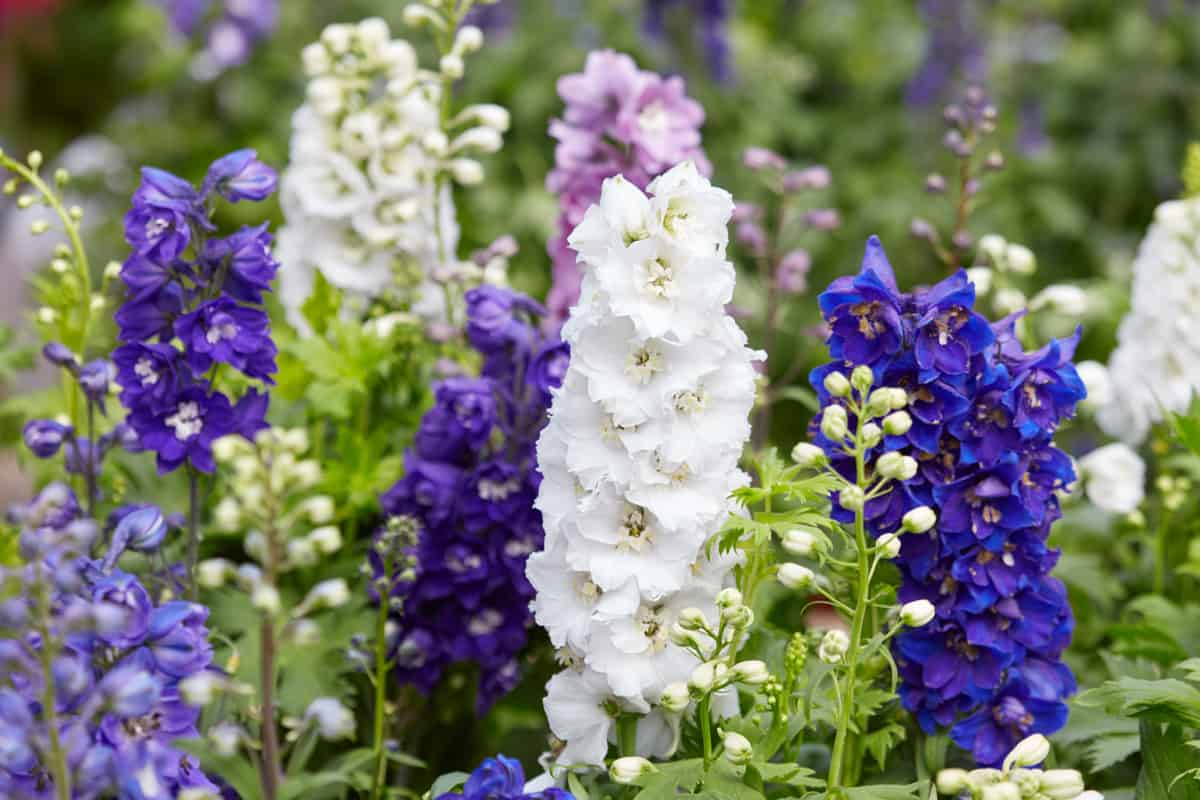
Give some height to the back of your garden's border with Delphinium.
Depending on the plant, it grows between 1 and 3 feet or 3-8 feet in height. The most sought-after version has a glorious spire of brilliant blue blossoms.
However, most varieties are red, pink, purple, white, or yellow.
Don't grow Delphinium in a zone where summers are hot, as they will fare better in milder conditions. Give them well-draining moist soil and partial sun or full sun for best results.
5. Goat's Beard (Aruncus dioicus)
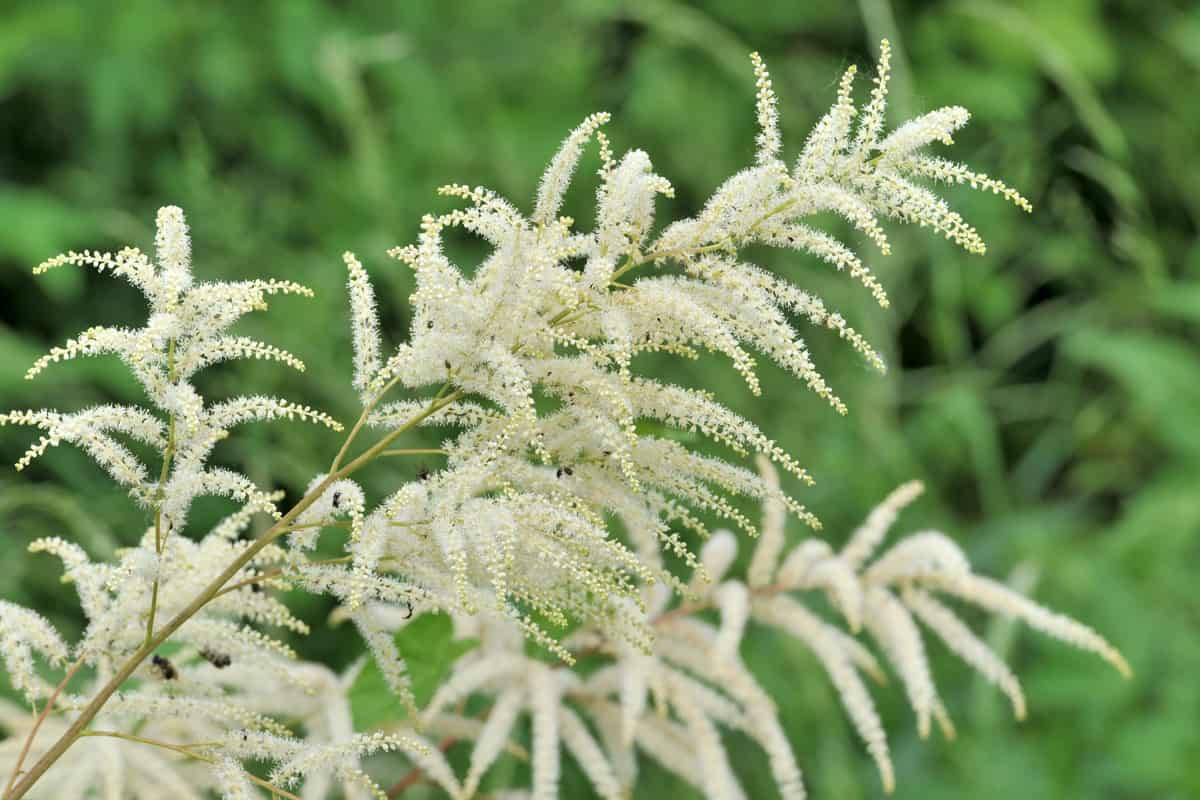
Add a unique flower-like 'Goat's Beard,' as the male plants have showier blooms than their female counterpart.
Note this plant proves helpful in borders, as it is shrub-like, large, and has plenty of visual interest thanks to its airy white blooms.
Give this plant plenty of room and space them 2 to 4 feet apart. It needs rich, moist soil to survive and does best in partial shade. Goat's Beard reaches between 1 to 3 feet or 3 to 8 feet in height when mature.
Check out this Goat Beard's seed pack on Amazon.
6. Hellebore
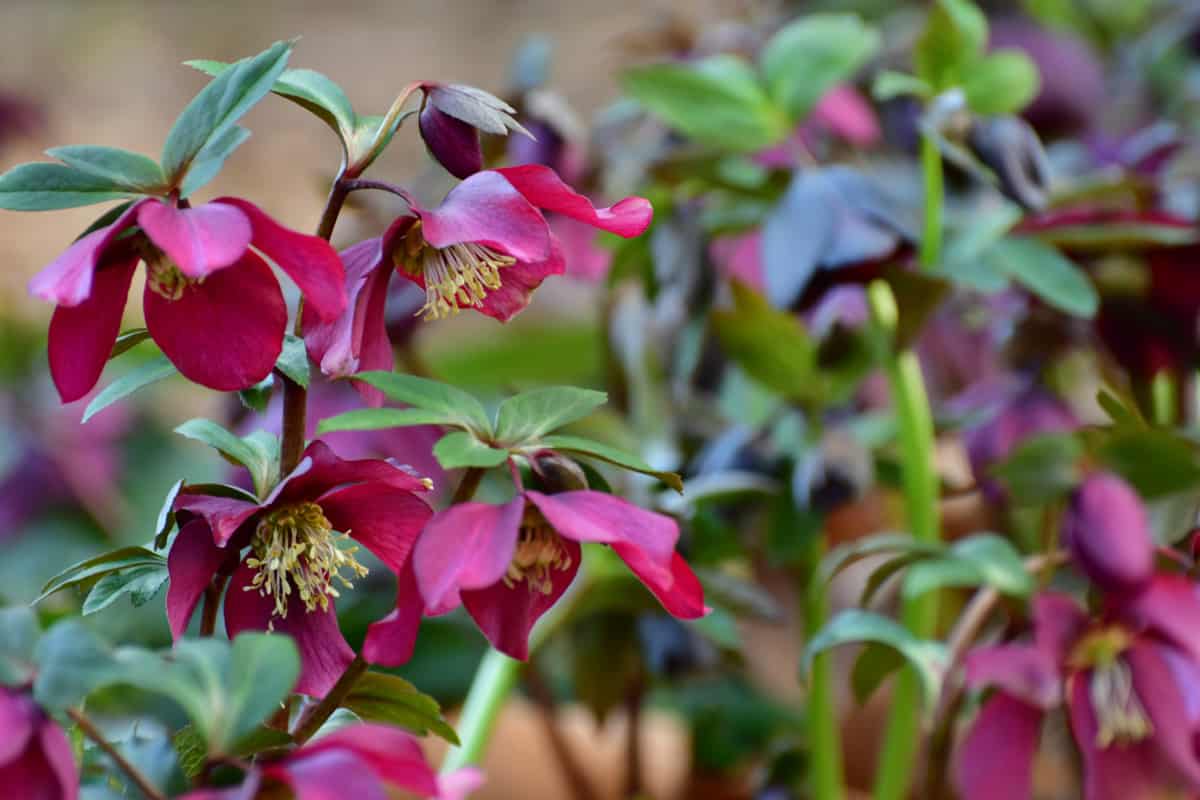
Create a cottage-core dream garden with a hellebore on the border. They present their gorgeous blooms in late winter or early spring, adding a much-needed pop of color to the garden.
It works well to transition a garden between shrubs, trees, and flowers.
Once its root systems get established, it is low-maintenance and presents attractive foliage and flowers year after year. Plant this flower in well-draining clay, chalky, or loam soil.
It prefers partial sun or shade and reaches a height of 1 to 2 feet.
7. Hollyhock
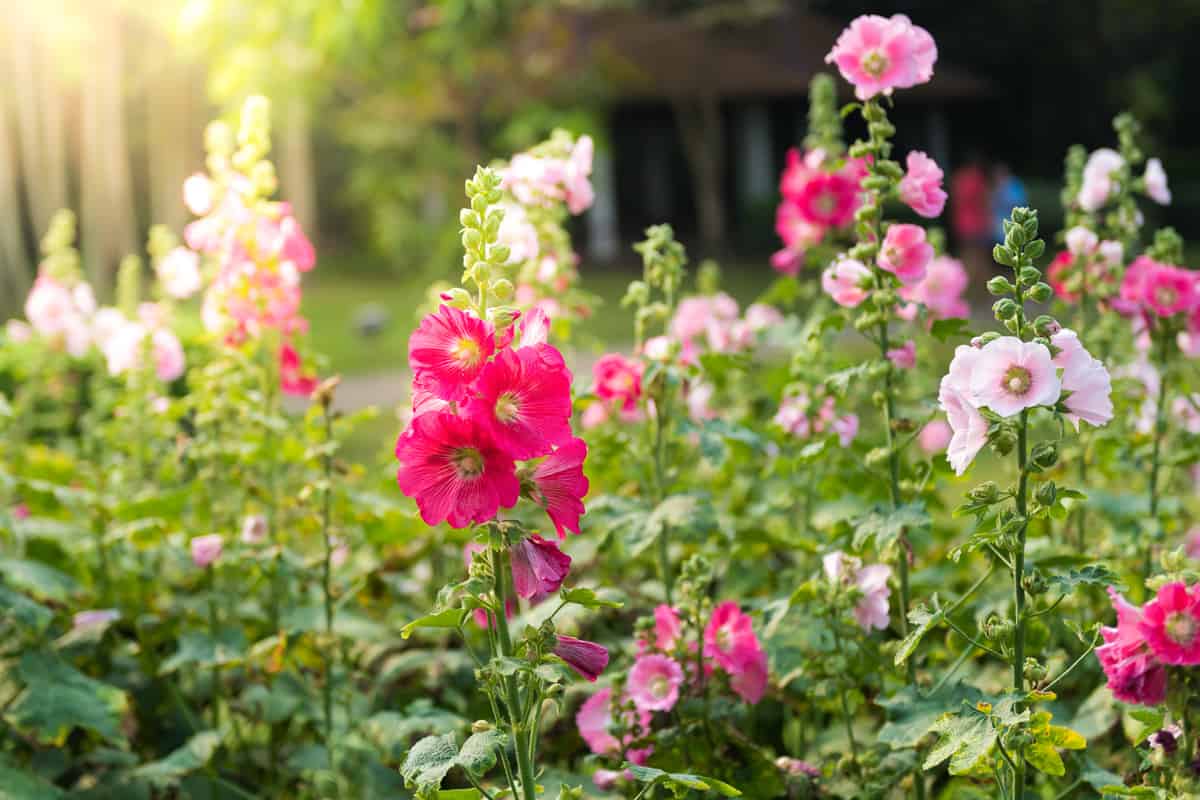
Another favorite flower for anyone who wants a cottage-core look is the hollyhock. Its tall spikes present blossoms in brilliant red, pink, purple, blue, white, yellow, and black.
Enjoy its beautiful flowers between June and August.
Deer will pay these gorgeous blooms no mind, as they reach 6-8 feet tall and 1 to 2 feet wide. Make sure these flowers get well-draining soil and full sun or partial shade.
View these hollyhock seeds on Amazon.
8. Oriental Lily

Choose between a shorter border variety or a majestic tall lily for garden borders. They make great pollinator attractors, presenting their blooms in red, pink, white, and other hues.
Moreover, this plant grows well in full sun or partial shade and reaches heights of 12-24 inches. Enjoy their color and fragrance from mid to late summer, as they call butterflies and bees to your space.
9. Peonies
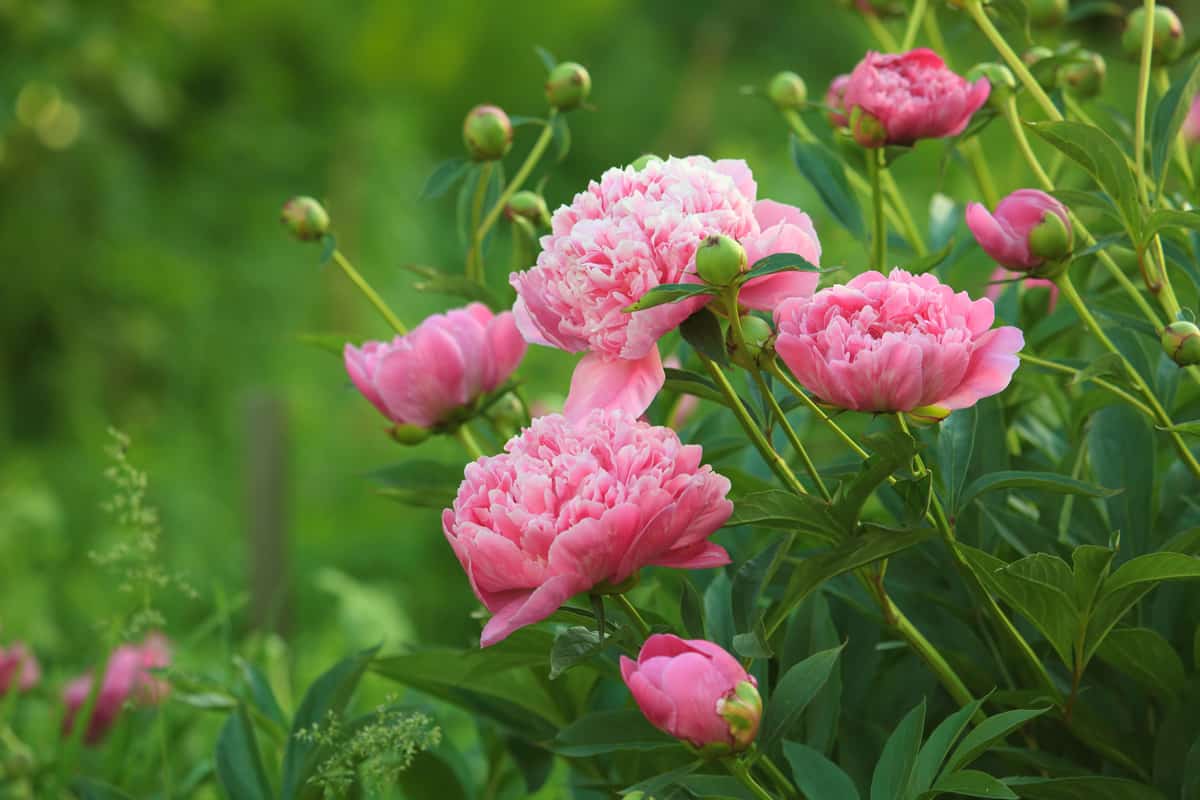
Stately, elegant, and with inimitable blooms in various colors, peonies are a fantastic addition to garden borders. They can survive in chalky, clay, loam, or sandy soil.
Plus, they reach 2 to 3 feet in height at maturity and have fragrant, showy blooms in late spring and summer. Add them to a border to attract butterflies and create a full, well-developed garden.
Click here to see these on Amazon.
10. Phlox
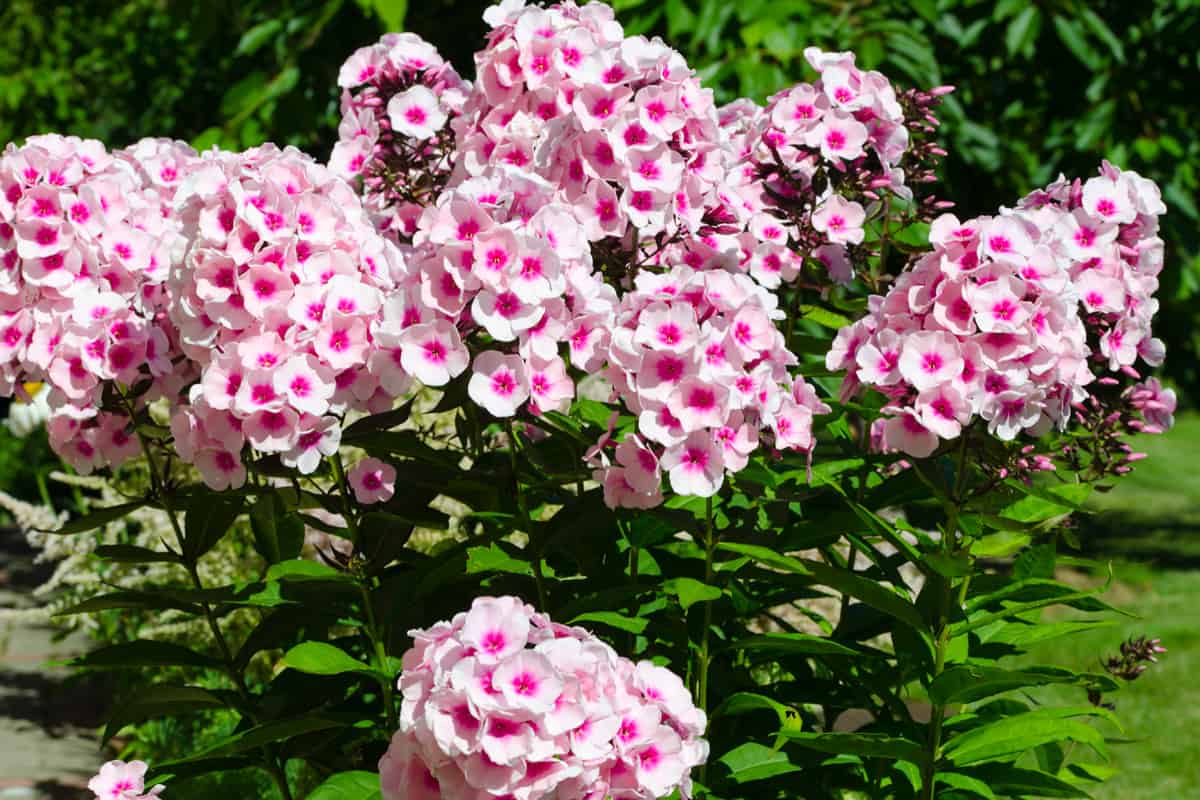
When you need a good go-between plant, or you love a romantic cottage-core look, plant some phlox. Because of its height, it works well nestled between tall and shorter perennials.
They also stand out in narrow borders and have bold blooms that last a long time. Enjoy the flowers' fragrance and that this plant is resistant to powdery mildew.
Check out these phlox seeds on Amazon.
11. Yarrow (Achillea millefolium)
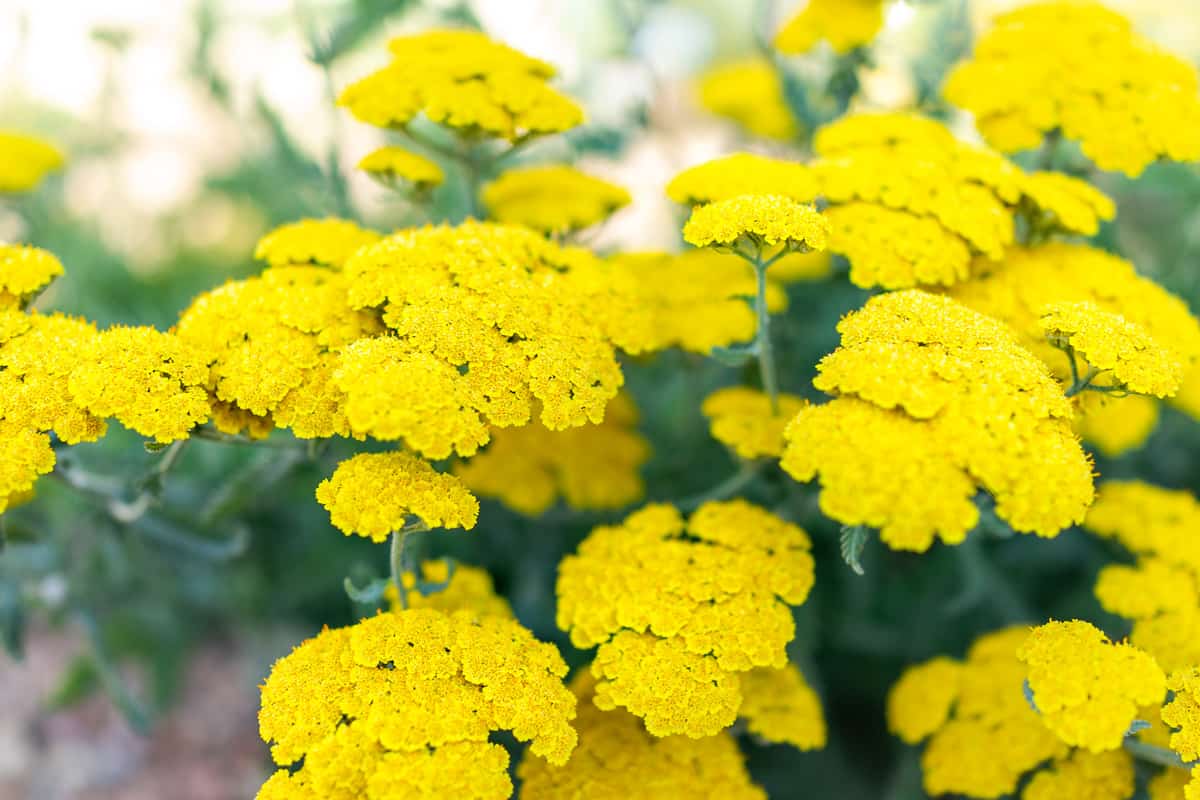
Choose to plant yarrow if you want a carefree plant that readily establishes itself and spreads in a garden. The blooms are available in sunny yellow, pink, red, or white.
They are excellent for building a garden of pollinators.
Plus, these plants are very resilient, capable of surviving drought, hot and humid summers, poor quality soil, and bitterly cold winters. Expect to see their blooms in late spring and summer.
Frequently Asked Questions About Perennials
Should Perennials Be Planted In Groups?
Yes. According to Better Homes & Gardens sources, planting perennials in clumps or large drifts makes a garden look amazing.
When you have the same types of plants blooming at the same time, it's refreshing and breathtaking.
Don't be afraid to create a lush and vibrant garden with groups of perennials that complement one another.
How Far Apart Should Plants Be In A Border?
When placing plants on a border, it's essential to use proper spacing. For smaller plants, keep a distance of 12 to 18 inches. Plants that are medium in size can spread out with 18 to 24 inches between.
Very large plants should get about 3 feet of space.
How Wide Should A Perennial Border Be?
The beauty of a garden border is the mix of varying plants clumped together, appropriately spaced, and at different heights.
If you are interested in planning an English border, you'll want it to be about 6-8 feet wide, so the plants have sufficient space.
How Many Plants Should You Put In A Border?
If you want a border to have a good design, it's good to stick to no more than six plants. This number gives you a fairly nice variety of plants but keeps things even.
Some gardeners suggest using four different plants, which can be easily divided. However, most green thumbs are like using six other plants.
Final Thoughts
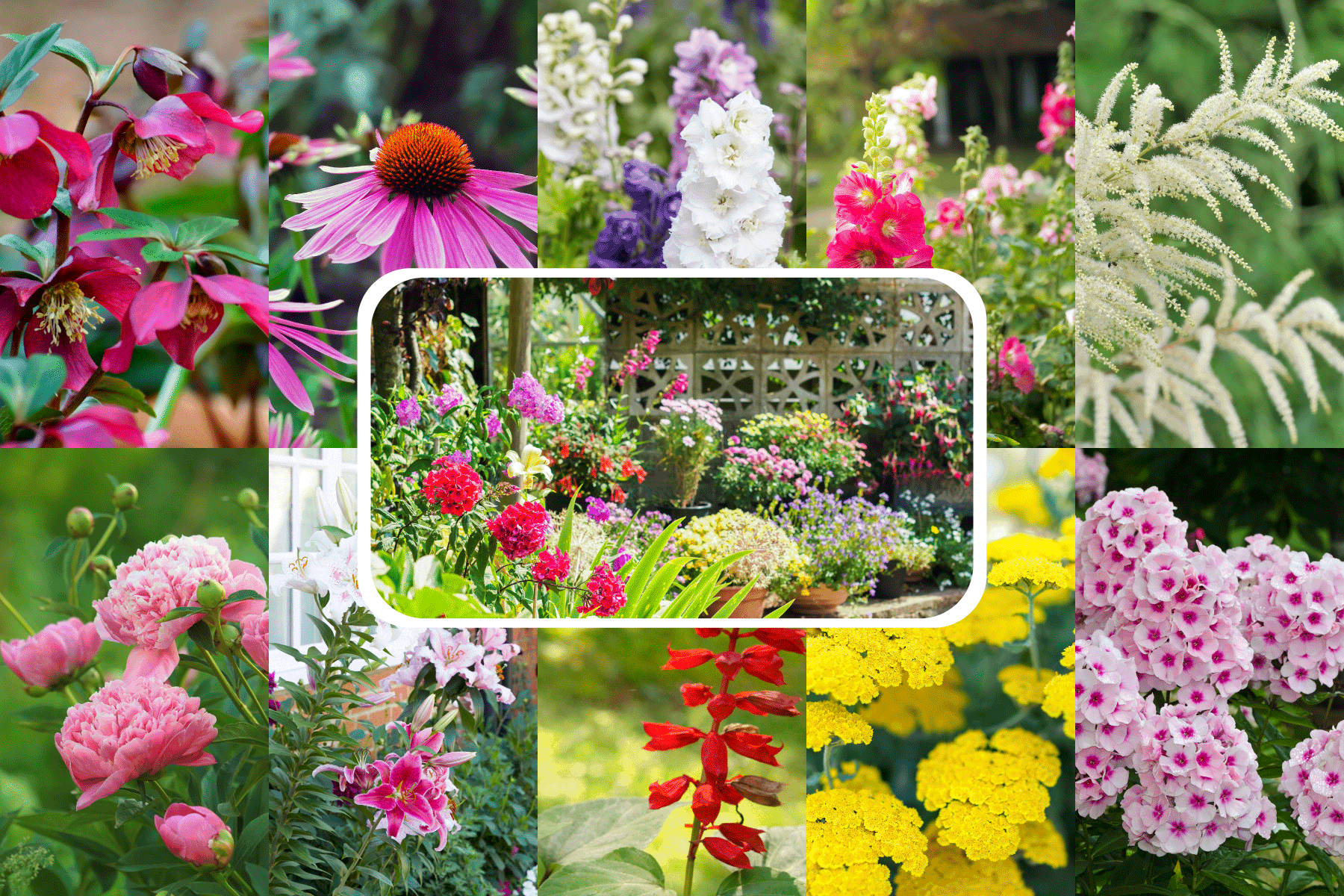
We hope after reading this post; you focus on how to arrange perennials to create a gorgeous, enviable garden. Our list of suggested plants will help get you off to a good start.
However, many other beautiful perennials will grow well alongside our curated list of flora.
If you enjoyed reading this post, you'd want to check out the following to improve your green thumb!





